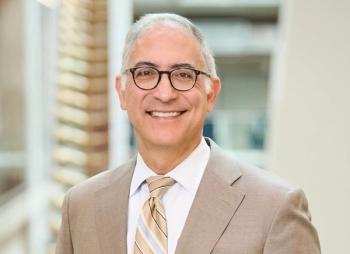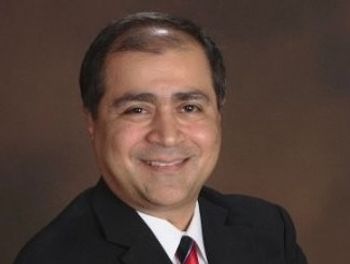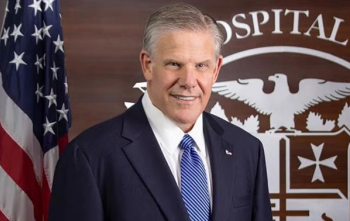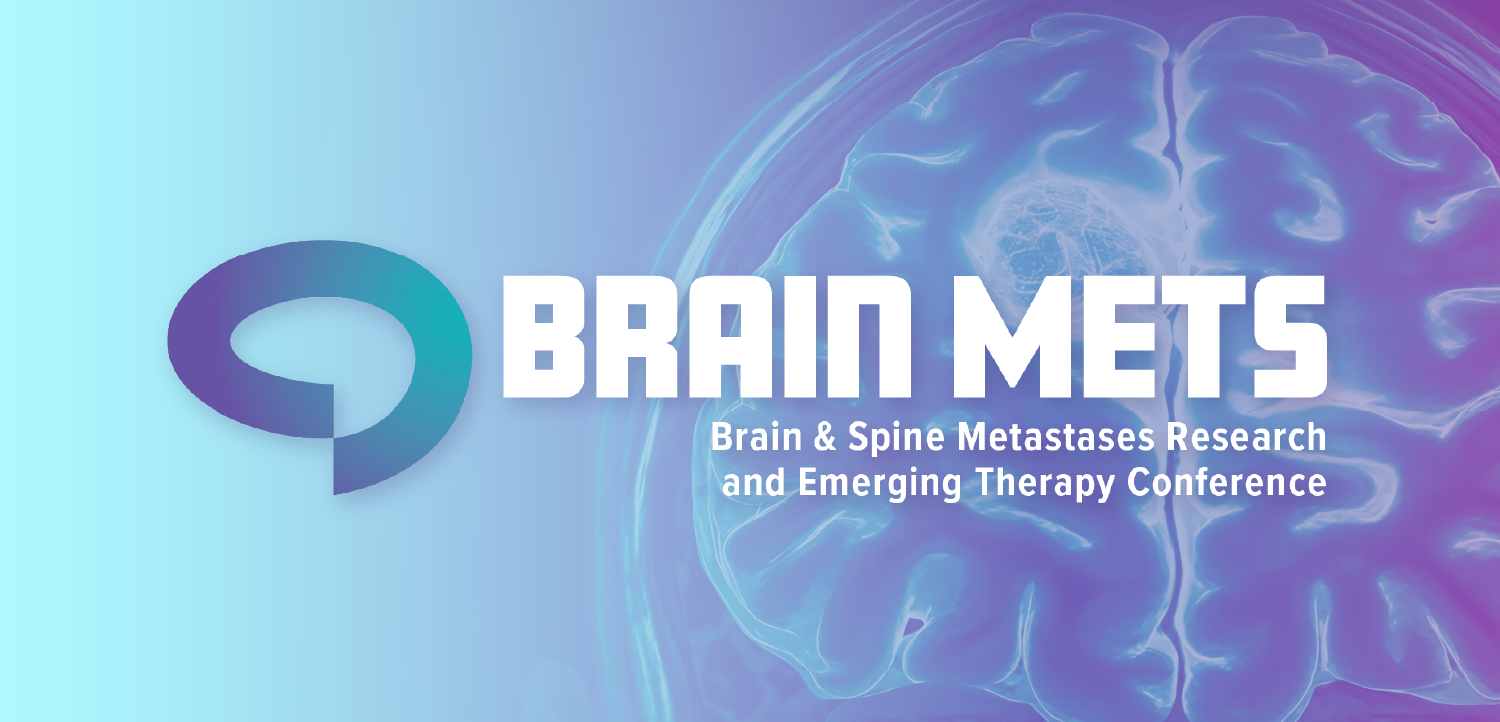
TEFCA has moved beyond hype, but there’s room for progress in exchanging health data
The Trusted Exchange Framework and Common Agreement went live in 2023, and while full interoperability hasn’t happened, some see important gains.
In December 2023, federal officials and healthcare information technology leaders hailed what they described as an important milestone.
Now, healthcare information technology leaders say TEFCA is making progress, even if full-scale interoperability isn’t quite a reality yet, says Tom Leary, HIMSS senior vice president and head of government relations.
“We've seen a lot of progress in certain communities, and we're still looking forward to more success and interoperability in other communities,” Leary tells Chief Healthcare Executive®.
“There's a lot of countries across the world who are asking similar questions to what the U.S. has already been through. And so as much as we hand wring over the fact that we don't have 100% interoperability yet, there are a lot of countries that are trying to learn from what the U.S. has done,” he says.
The health department has named several organizations as Qualified Health Information Networks, meaning they’ve achieved the significant technical demands to be part of TEFCA. Epic, the CommonWell Health Alliance, Health Gorilla and others have been named as qualified networks, and Oracle has applied for the designation as well.
“More of the market is recognizing the importance of the common agreement,” Leary says.
Some companies are deciding whether it makes sense to seek to meet the rigorous standards of designation as a Qualified Health Information Network, or whether it makes more sense to be a sub-participant of one of the networks, says Robert Havasy, senior director of informatics strategy for HIMSS.
“In the overall economic stress in healthcare today, that's an important business decision that I think companies are taking their time to make,” Havasy says.
While TEFCA enjoyed some headlines in healthcare IT circles a little over a year ago, the framework hasn’t garnered as much attention of late. Havasy likens the development of TEFCA to a bridge after the ribbon cutting.
“Nobody writes an article that it's been 10,000 days and we're still getting a million cars a day over it,” Havasy says.
“TEFCA is beyond its hype,” he says. “It's infrastructure. And now there are messages flowing to doctors and patients every day across the TEFCA network, and most of the time, the doctors and patients don't know, and that's exactly what it's supposed to do. They press a button, information goes somewhere. They don't need to care how, but it's working. So it's like any other infrastructure.There's hype at the ribbon cutting, and then we all forget until the potholes appear.”
There’s hope that President Trump’s administration will continue federal support for TEFCA. The Trump administration has been revamping federal health programs,
So far, TEFCA has achieved one goal in streamlining the information between states, which had their own exchanges.
“The common agreement was designed to reduce the friction of those fragmented networks,” Havasy says. “And I think we've largely taken a big first step to do that right. There is now a common national agreement. There is a way that connects a number of different and disparate networks. So that pathway is now open.”
Now, the second great hope for TEFCA is that there is sufficient momentum to force “a technical consolidation,” Havasy says.
The key is moving toward the Fast Healthcare Interoperability Resources (FHIR) standard, which is based on standards used outside of the healthcare industry.
“As that becomes required and becomes the baseline, that opens up a new world to companies … that makes a lot more intuitive sense to the technologists and non-healthcare companies,” Havasy says.
Informaticists such as Havasy are working on that goal.
“After the hard work of getting people to agree to even talk is done, we'll make the language work. And that's the phase we're entering now. And I don't want to say that it's going to be easy, but there's a pathway, and I think that's where we stand right now. We've made some progress. The technology is catching up, and eventually the friction will start to reduce across the system,” Havasy says.
Leary says he hopes to see strong federal support for TEFCA. And there’s questions about how the health information exchanges are going to be funded.
“The sustainability question is still very much up in the air,” Leary says. “Even a Qualified Health Information Network doesn't necessarily have a sustainability model that's beyond break even.”
Leary understands the desire to make it easier to exchange health information, and some impatience at the pace of progress.
But he also looks around the world and sees some perspective.
“The one thing I keep getting reminded when I talk to people across the globe, is that as much as we're frustrated with the pace of interoperability, or information exchange, the pace of even just the move to a more advanced digital health environment here in the U.S, there are an awful lot of places around the world that wish they were they had started the journey at the same time the U.S. had,” Leary says.








































